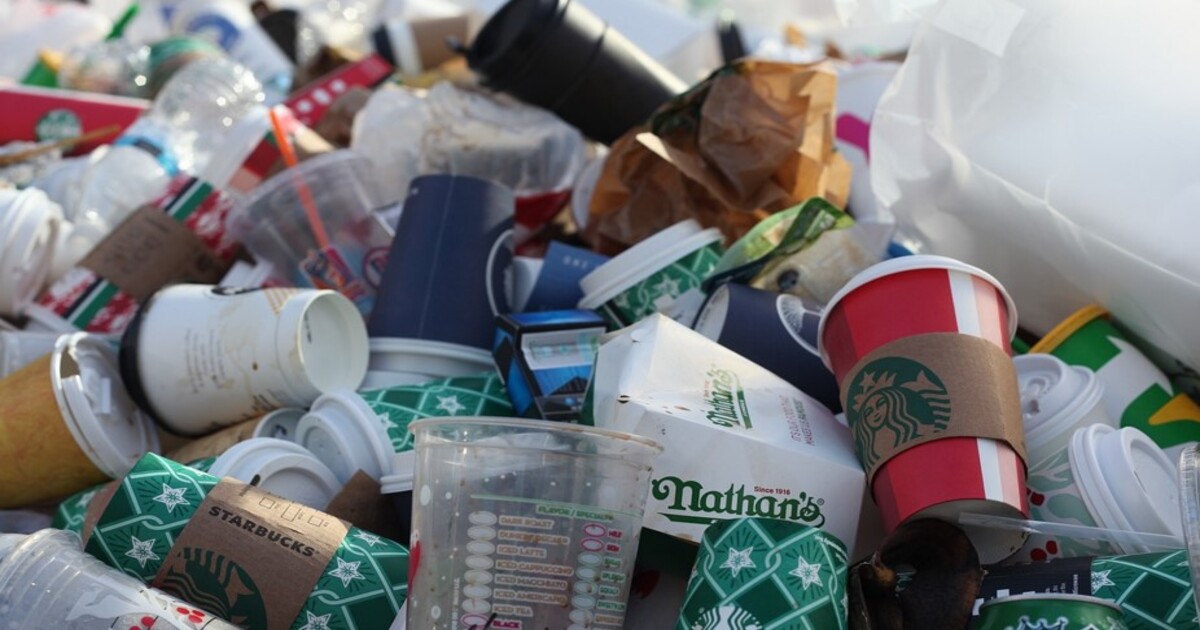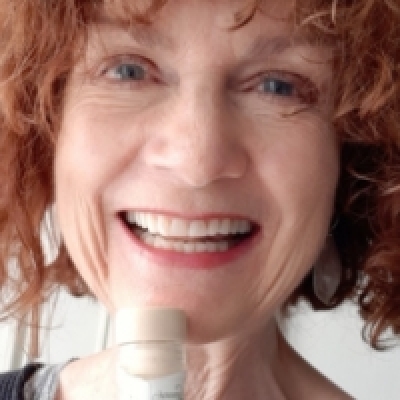What We Are Made of: Blood, Guts — and Plastics
The packaging of the food that we consume is poisoning us with chemicals. We should move toward natural alternatives to safeguard human health and the environment.
October 12, 2024

Once upon a time, it was sugar and spice and all things nice, or rats and snails and puppy dogs’ tails that we were made of. These less whimsical days, each of us — woman and man, young and old — is made up of flesh, bones, blood and guts. And packaging chemicals.
Chemicals everywhere
3,601 FCCs (Food Contact Chemicals) have been found in humans, a report just released by the Food Packaging Forum reveals. The chemicals were found in urine, blood and breast milk, and came from the packaging materials of the processed, packaged and take-out food we consume, although some could have come from other sources. If that is of comfort.
If you would like the alarming nitty-gritty, the figure of 3,601 FCCs was reached after the study’s authors compared over 14,000 previously identified — yes, that many — FCCs able to move from paper, glass, metal and other materials into food with data gleaned from five human biomonitoring programs, three metabolome/exposome databases, scientific literature and a partridge in a pear tree.
Though not that last one. Of those just found, 25% of them were known FCCs. Which leaves how many unknowns?
Does the obvious plastic cling film qualify for that group? No. It is an FCM, a Food Contact Material, ubiquitous in the globalized food system, a group with its very own alarming information.
Under current regulations, only individual substances used to make potentially hazardous FCMs are tested and then, according to The Plastic Waste Hub, “mostly only for genotoxicity.”
That is the ability of a substance to damage genetic material in cells, which can lead to mutations and potentially cancerous growths. “Endocrine disruption and other hazard properties are disregarded.” I do not know what that covers, but ignoring them sounds ominous.
The numbers are shocking
Researchers had expected to find only hundreds of FCCs, not the thousands that they did. Would you and I have expected them to find any at all?
Many of the chemicals identified as potentially hazardous are linked to cancer, genetic mutations and other challenges to our health. Dr. Jane Muncke, a co-author, is worried. “This work highlights the fact that food contact materials are not fully safe, even though they may comply with regulations.”
Food contact materials in their widest sense are anything from the obvious plastic containers and packaging to kitchen utensils, cutlery and dishes to equipment like coffee makers (my beloved plastic AeroPress?) and the plastic bowls and jugs of kitchen processors and blenders, as well as the commercial machinery used to process food. Included, too, are food transport containers.
Another co-author, Professor Dr. Martin Scheringer, from ETH Zürich, the public university, said “There are surprisingly many hazardous chemicals used in food contact materials, and they do not just stay there, but quite some of them reach, to some extent, the human body.” Many chemicals’ potential hazards, the study concluded, have not been sufficiently investigated.
Food safety checks not enough
Despite numerous health-and-safety checks and balances along the food chain, foods are not infrequently withdrawn from active sale as contaminated with some pathogen, bacterium or allergy-provoking element. Those can be identified. But the migration of chemicals from packaging into food is invisible.
The EFSA, the European Food Safety Authority, which shares information with the FDA, requires manufacturers to follow health and safety regulations. While those are being met, it seems manufacturers do not know much about the impact of their packaging on consumers’ health. Then again, there does not seem to have been any research on what kind of health risk these chemicals present.
Fighting plastic
In Thailand five years ago, the Rimping supermarket in Changmai gave up plastic to wrap its produce in banana leaves. As I backpacked through South East Asia, the snacks and fruits I bought from street stalls were more often than not passed across in Mother Nature’s wrappers. As well as banana leaves, there were lotus and pandan leaves, taro and bamboo leaves.
Lo mai gai is one of my favorite dim sum, sticky rice and pork or chicken wrapped for steaming in lotus leaves, not Saran Wrap.
We have the means in the west to legislate for reusable packaging. Plastic water bottles could become available only in reusable formats (read about the dangers hiding in our current water bottles, and about the damage formula bottles can do to babies).
There have been vague schemes to bring more glass and metal back into play, with the old deposits-and-returns systems re-introduced. But even glass is not problem-free. Its production produces greenhouse gases and pollution and uses a good deal of energy to turn silica sand and dolomite into glass.
These alternatives, so much more expensive than plastics that manufacturers resist them, come with their own challenges. And as it currently stands, just the UK packaging industry alone, without regard for other nations, is worth more financially than all the UK’s farmed foods put together.
The environmental factor
We are at the mercy of FCC-filled packaging, which as well as harming us harms the environment when we dispose of it.
There are less damaging alternatives — to people as well as the environment. Recycling aluminium cans takes 95% less energy than creating new ones. Turning grass fibres into grass paper and cardboard uses only 2 litres of water to produce one ton of packaging.
Making packaging from recycled paper pulp uses 28-70% less energy, since the initial process has already been concluded.
Used predominantly for food, compostable packaging is made from plant-based materials from wood pulp to cotton, fungi and leaves. The stalks and seeds of hemp contain enough cellulose and lipids that the plant can be turned into strong biodegradable paper and packaging suitable for food.
Home use plastic wrap and the shower caps I take home from hotels to cover fridge food can be replaced with reusable beeswax fabric and biodegradable food wrap.
The trouble with all of these alternatives is that, so far, they are more expensive than plastics and glass and general metals. But how much will it cost our healthcare budgets to cure us in the future from problems arising from those Food Contact Chemicals we’re consuming with our food?
We know plastic pollution kills 1 million sea birds, penguins and eagles and 100,000 sea mammals — dolphins, whales, manatees, seals, turtles and fish a year.
But this study (just published in the Journal of Exposure Science & Environmental Epidemiology) shows that plastic and microplastic packaging is not just devastating to wildlife. Its invisible FCCs are damaging to you and me.
Takeaways
The packaging of the food that we consume is poisoning us with chemicals. We should move toward natural alternatives to safeguard human health and the environment.
3,601 FCCs (Food Contact Chemicals) have been found in humans. The chemicals were found in urine, blood and breast milk, and came from the packaging materials of the processed, packaged and take-out food we consume.
Despite numerous health-and-safety checks and balances along the food chain, foods are not infrequently withdrawn from active sale as contaminated with some pathogen, bacterium or allergy-provoking element.
We are at the mercy of FCC-filled packaging, which as well as harming us harms the environment when we dispose of it.
The trouble with alternative packaging is that it is more expensive. But how much will it cost our healthcare budgets to cure us in the future from problems arising from those Food Contact Chemicals we are consuming with our food?

